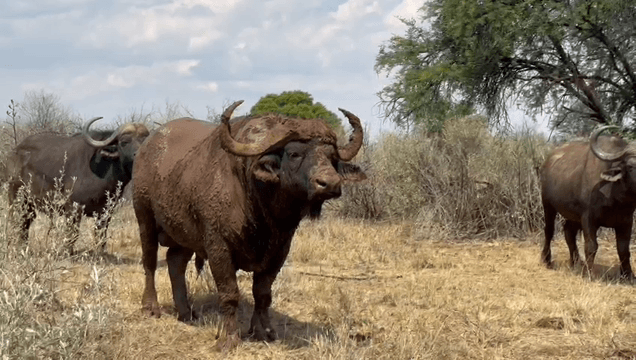
Hunting in Savannah: Exploring Demographics, Finding Out Types of Game, and Diving Into Local Traditions The Savannah Region, Ghana’s largest region by land area, is located in the northern part of the country. Known for its expansive grasslands, forests, and wildlife, the Savannah Region has a long history of traditional hunting practices. In this predominantly rural area, hunting continues to play a key role in providing food, supporting livelihoods, and maintaining cultural traditions, even as modern conservation laws and land pressures bring new challenges. Geography and Natural Features of Savannah for Hunting The Savannah Region is dominated by Guinea savanna vegetation, characterized by tall grasses, scattered trees, and seasonal rivers. Major features include Mole National Park, the Gbele Resource Reserve, and rivers like the Black Volta and White Volta. These ecosystems support a wide variety of wildlife species and have historically offered excellent hunting grounds. Howev
Post: 30 July 13:28
















































